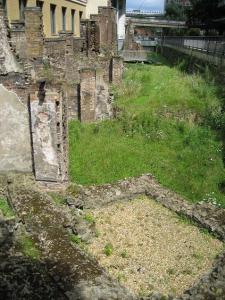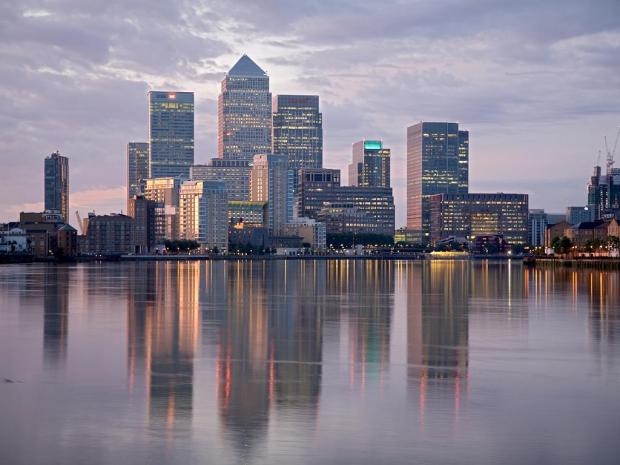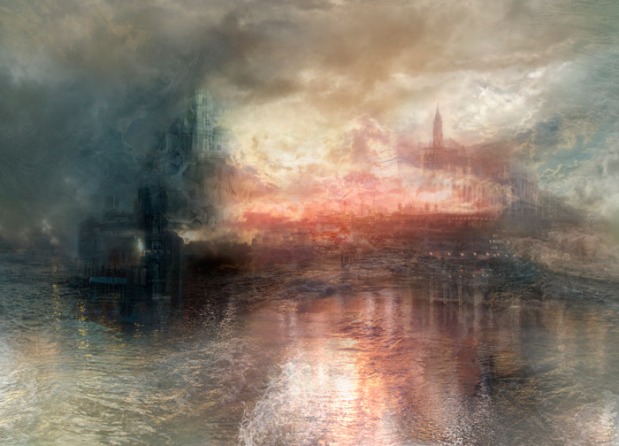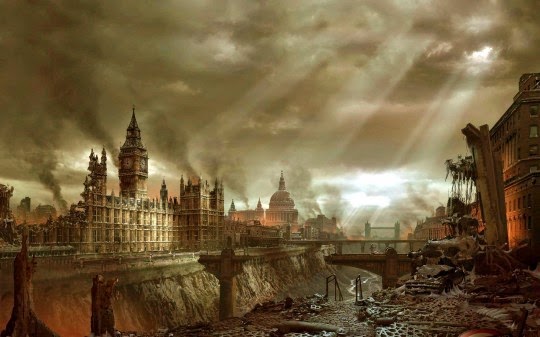 I love London! I love legends! Put the two together and you have this wonderfully woven collection of stories that introduce the reader to London lore.
I love London! I love legends! Put the two together and you have this wonderfully woven collection of stories that introduce the reader to London lore.
So, what is lore? Lore is belief or tradition passed on through the generations – generally oral tradition. Lore serves to teach about the foundations of our culture. It is human nature to question and to seek answers and we are never satisfied with just information – we need to feel that there is a reason for things. Through the ages we have used lore to share knowledge and explain why we are here, why we do things the way we do, how things work, why structures look the way they do and what makes us human. Lore is thus born to help us understand ourselves.
Lore fascinates me. It generally asks more questions than it answers, and I love that!
But, how much of it is real? How much of it is fantasy? Are the legends that make up our understanding of lore merely fairy stories, or do they provide a foundation for the history we believe to be factual? Who were the authors of the documents we use to research our own history? What were their agendas? Who were their patrons? This means we continue to question and we never accept history as pure truth. We thus take lore to be our human, social foundation on which we build our history.
The Secret Lore of London is a wide ranging collection of really well-researched, clearly thought out, well-connected, easy to read and exciting to share essays about the legends of London – and they are not only entertaining, they are interesting and captivating.
The book comes in three distinct parts, which I feel could’ve stood alone as separate books. Each book would appeal to a different type of reader.
As a trained guide I feel that the first part would appeal to those with a deeper understanding and knowledge of the city – it fills in the gaps and adds colour to previous knowledge.
The second part is a wonderful collection of short pieces – packed with varied and interesting bits that are perfect for someone with little or no knowledge of London, as well as for those who have an extensive knowledge of the city. The pieces all relate to different sights, buildings or landmarks and will thrill and surprise with every page turn. This part can be used to explore London with insight that is generally not found in other guide books. Whether the reader is a tourist, a resident of London or an academic, part two is a real treat!
The third part….now this is the part that kept me entranced. The stories about London are fresh and fascinating! From the Druids to the Romans and to Arthurian lore that put London on a wonderful historical journey. I craved to read more.
London is such a vast city with a long, interesting and fascinating history, so to tackle this subject is very brave and admirable. If you have an insatiable hunger for knowledge, this book will give you food for thought as it opens a wonderfully colourful world that forms the foundations of what we believe to be ‘solid’ history.
The Secret Lore of London is for everyone – whether you are a London academic, a tour guide, or simply someone who wants to know more about their home city or are visiting this remarkable place. A world of legend, which plays such an important role in laying the foundation for what we take as gospel – what we accept as history. We all love a story, we love a tale – old and young alike. Some legends fill us with a warm and fuzzy feeling – others give us another perspective, a unique angle and often an explanation for why or how something came about.
To sum up the book in one word – fascinating!









